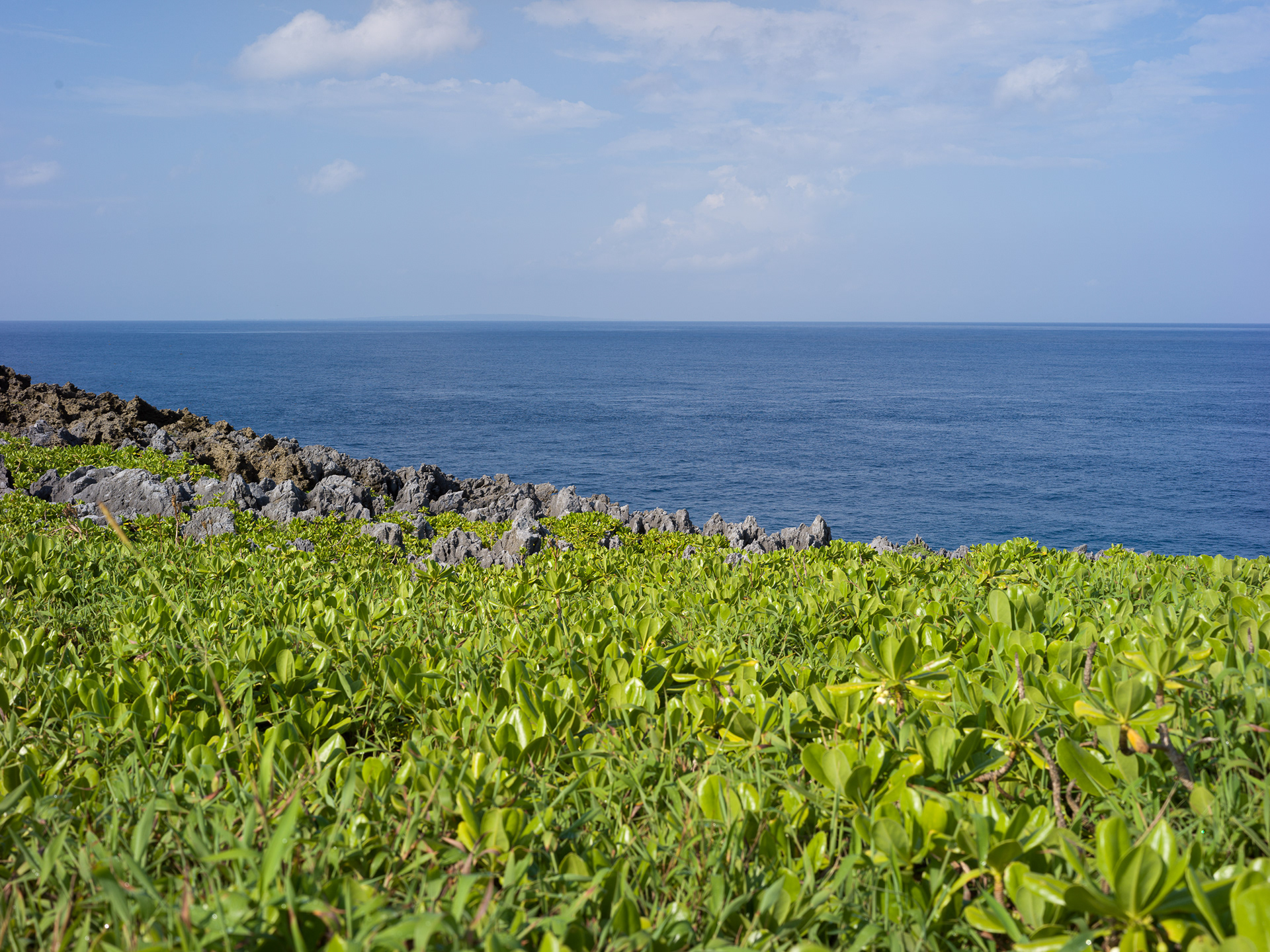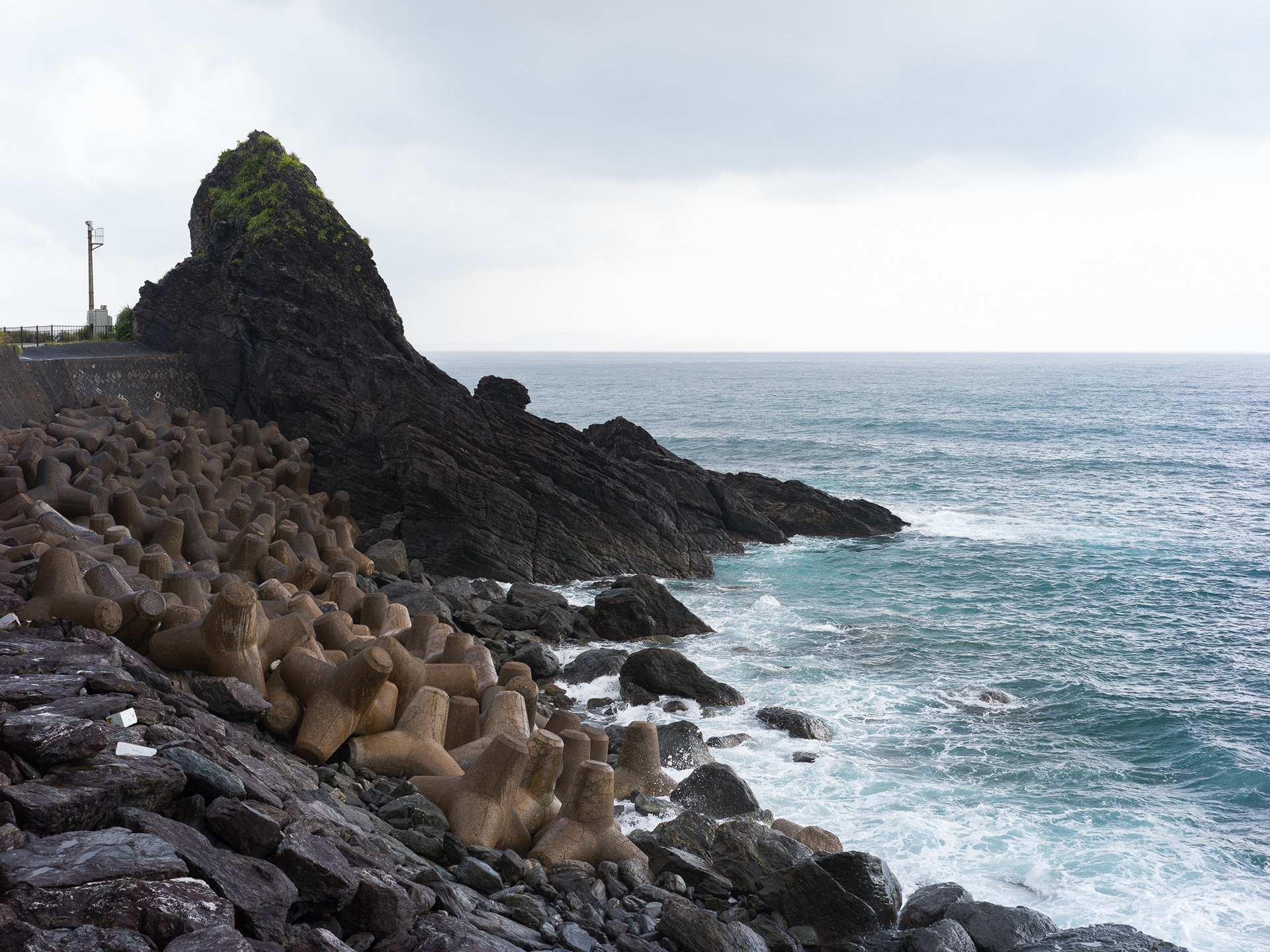As I sit here cradling my 907X like some sort of photographic holy grail, I can't help but reflect on the journey that led me to this moment. Nine months ago, I was a proud X1D II owner - satisfied, content, and completely unaware of the existential crisis that was about to hit my gear acquisition syndrome. This is the story of why I made the switch, what I've gained, what I've lost, and whether any of this actually makes sense in the year 2025.
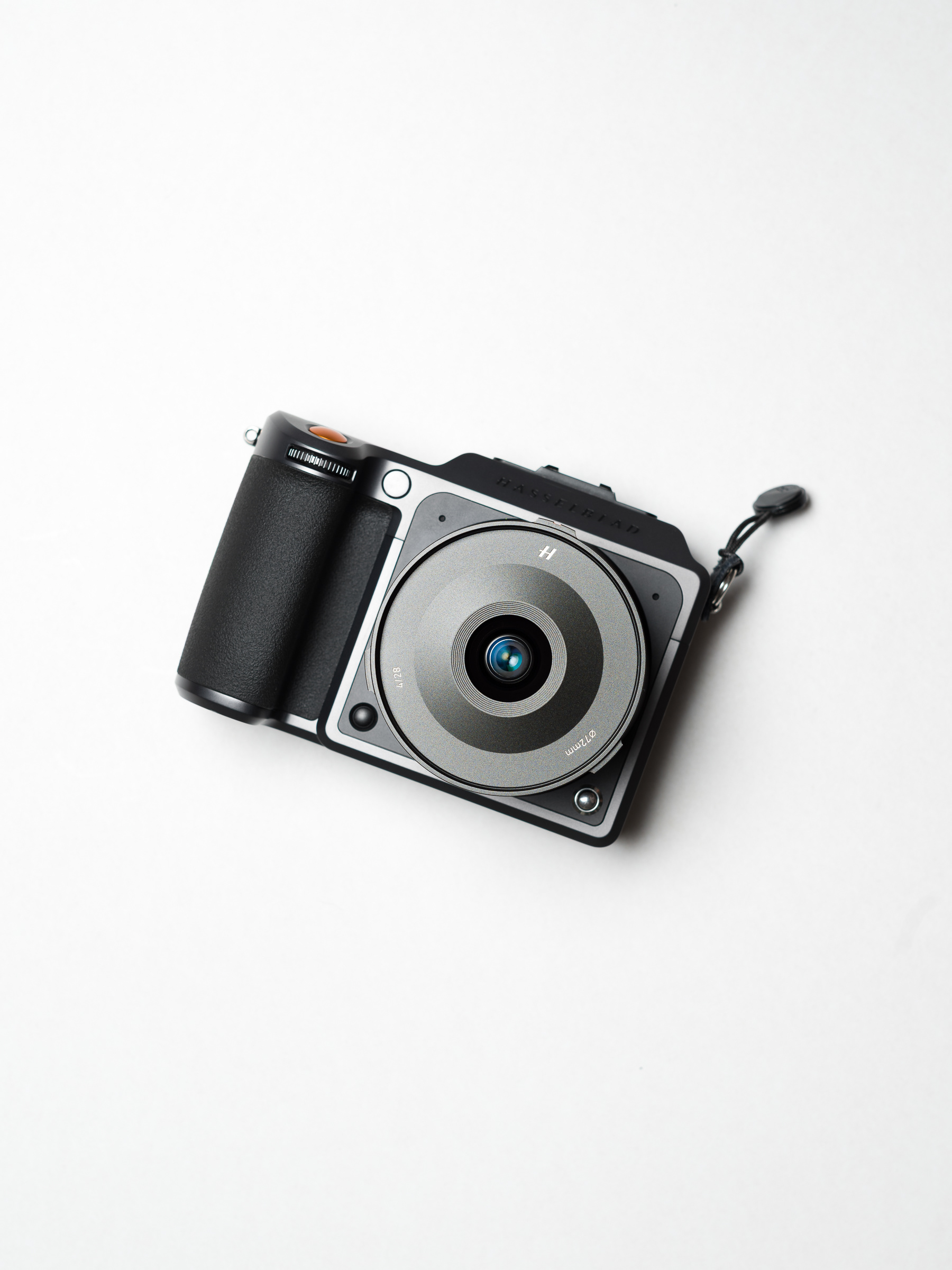
Hasselblad X1Dii + XCD 28P
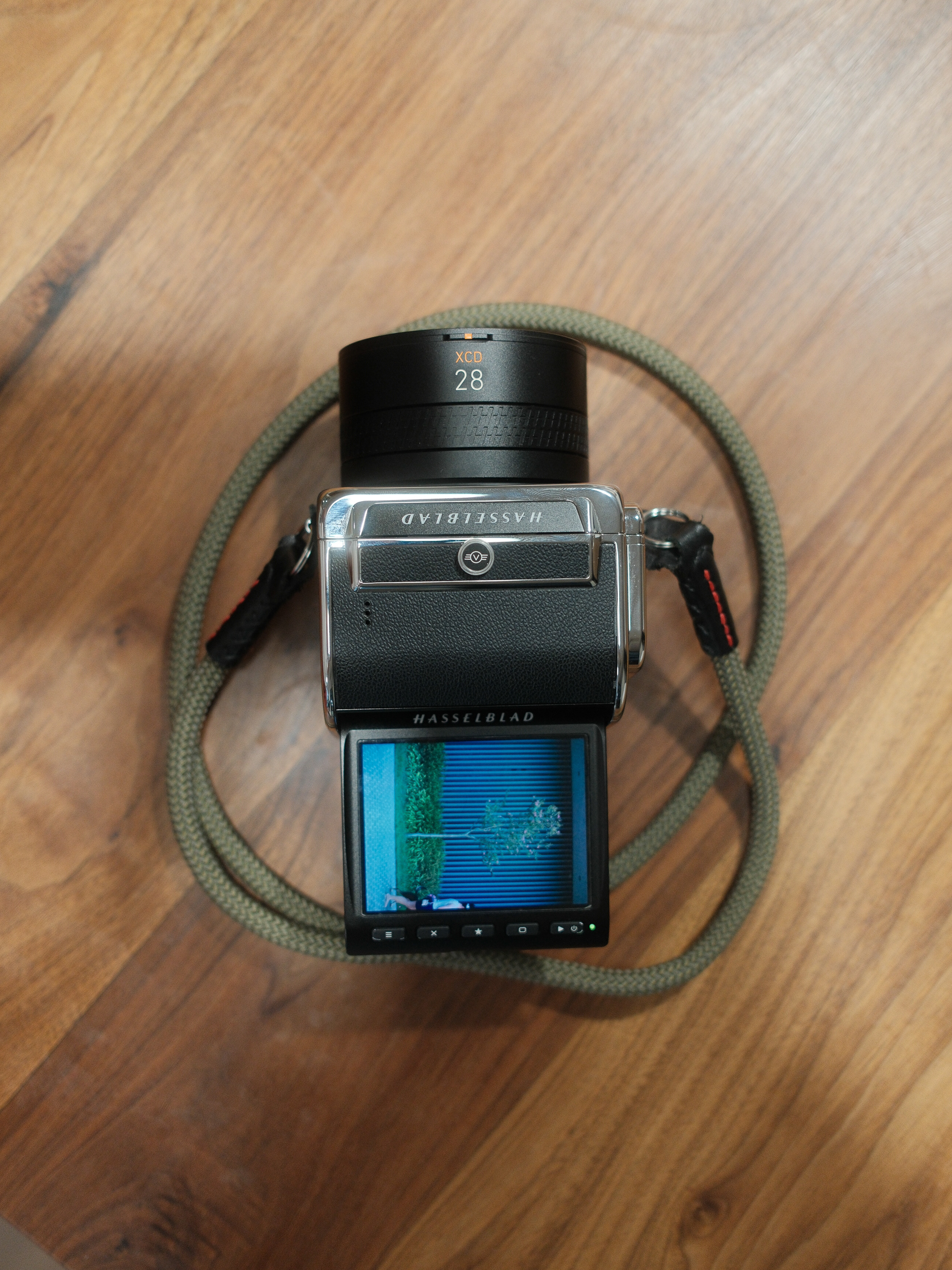
Hasselblad 907X & CFV II 50C + XCD 28P
Chapter 1: The Seduction
Let me paint you a picture of my former life with the X1D II. It was everything a medium format shooter could want: that glorious 50MP sensor wrapped in a body that actually made sense. The ergonomics were thoughtful - the grip substantial enough to feel secure but not bulky, the button placement logical, the EVF... oh that beautiful EVF that I took for granted every single day.
I shot Lifestyle with it. Portraits. Landscapes. Even the occasional street photography session (though let's be honest, trying to be discreet with a medium format camera is like trying to sneak a refrigerator through airport security). The X1D II was my workhorse - reliable, predictable, and capable of producing files that made clients gasp when they saw them on big screens.
But then... something changed.
Chapter 2: The 907X Itch
It started innocently enough. I'd see those sleek 907X images online - that distinctive square body looking impossibly cool in behind-the-scenes shots. I'd watch YouTube videos where photographers waxed poetic about the "shooting experience." I began noticing how my X1D II, while wonderful, looked... well... normal by comparison.
The first time I held a 907X in a camera store, it was like holding a piece of photographic history that somehow also contained cutting-edge technology. The weight distribution was all wrong. The lack of grip immediately apparent. The absence of a viewfinder glaringly obvious. And yet... I was smitten.
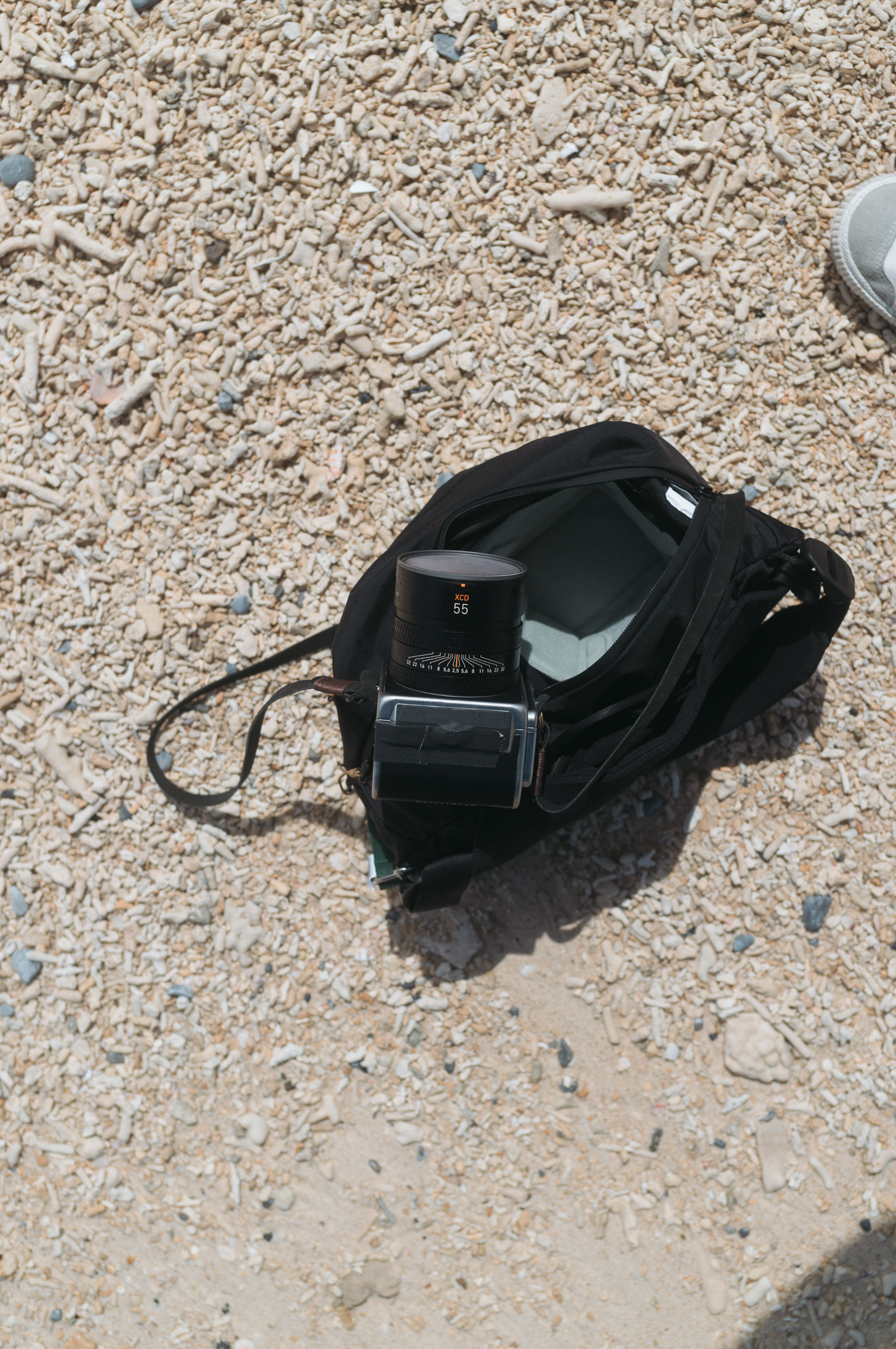
Hasselblad 907X & CFV II 50C + XCD 55v

Okinawa, Japan
Chapter 3: The Rationalisation
"Maybe I don't really need an EVF that often," I told myself, conveniently forgetting all those times the X1D II's viewfinder saved me in bright sunlight.
"The modularity will be useful," I reasoned, despite knowing full well I didn't own any V-system gear and probably never would.
"It's so much more portable," I argued, ignoring the fact that with the necessary accessories (grip, EVF, etc.) it would end up being just as bulky as the X1D II.
The mental gymnastics could have qualified me for the Olympics. But the heart wants what it wants, and my heart wanted that beautiful, impractical box.
Chapter 4: 907X - The Honeymoon
The first few weeks with the 907X were magical. I felt like a "real" photographer again. The waist-level shooting brought me back to my film days. The minimalist controls forced me to slow down. Even the occasional awkwardness of handling it felt charming rather than frustrating.
I started seeing compositions differently. The square-ish form factor and tilt screen had me experimenting with angles I wouldn't have tried before. There was something about the physical act of shooting with the 907X that felt more intentional, more... artistic.
The camera became a conversation starter everywhere I took it. "Is that a film camera?" people would ask. "No," I'd reply with probably too much pride, "it's digital medium format." Cue the impressed looks and follow-up questions about why anyone would need such a thing.
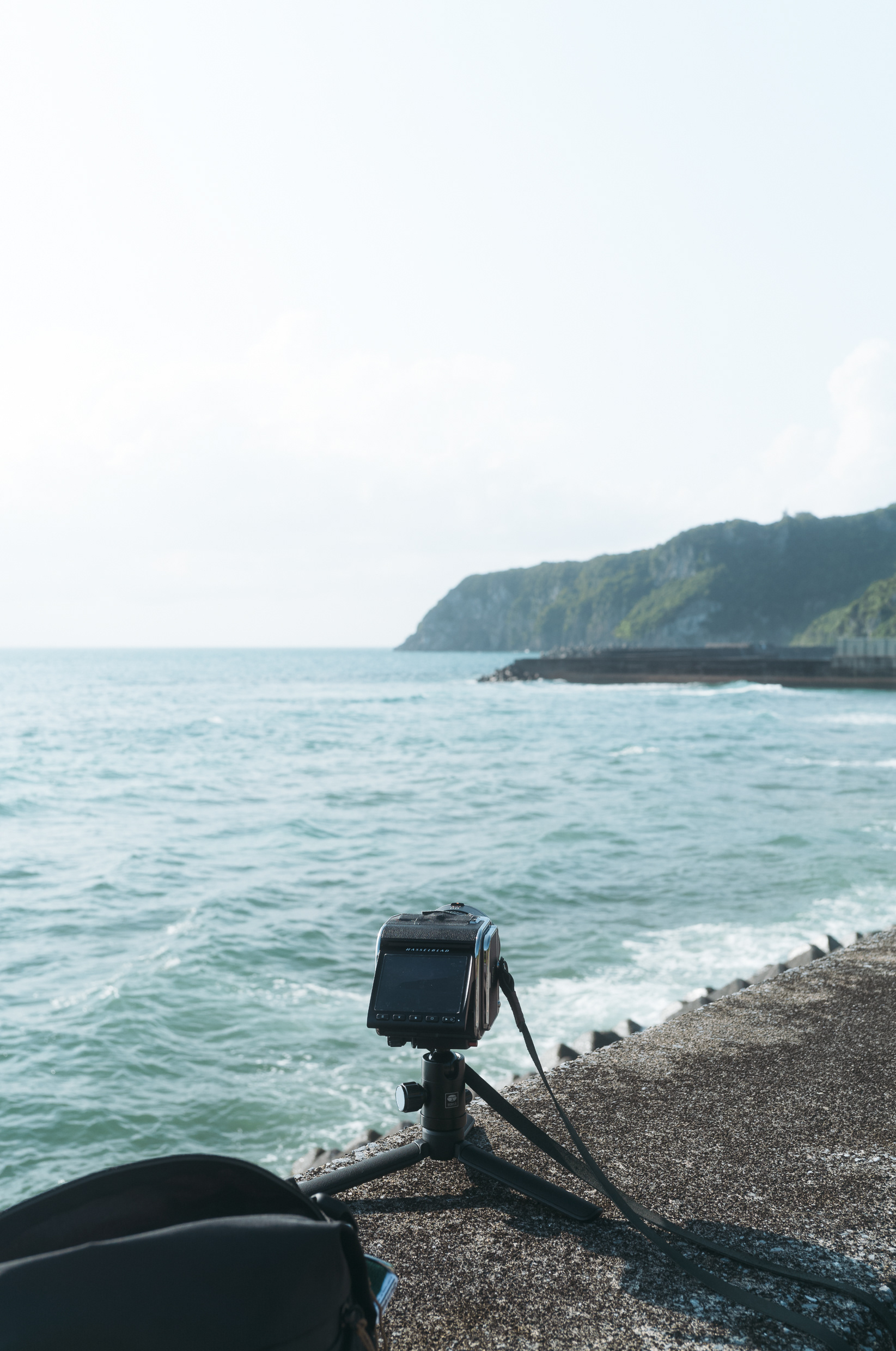
Hasselblad 907X & CFV II 50C
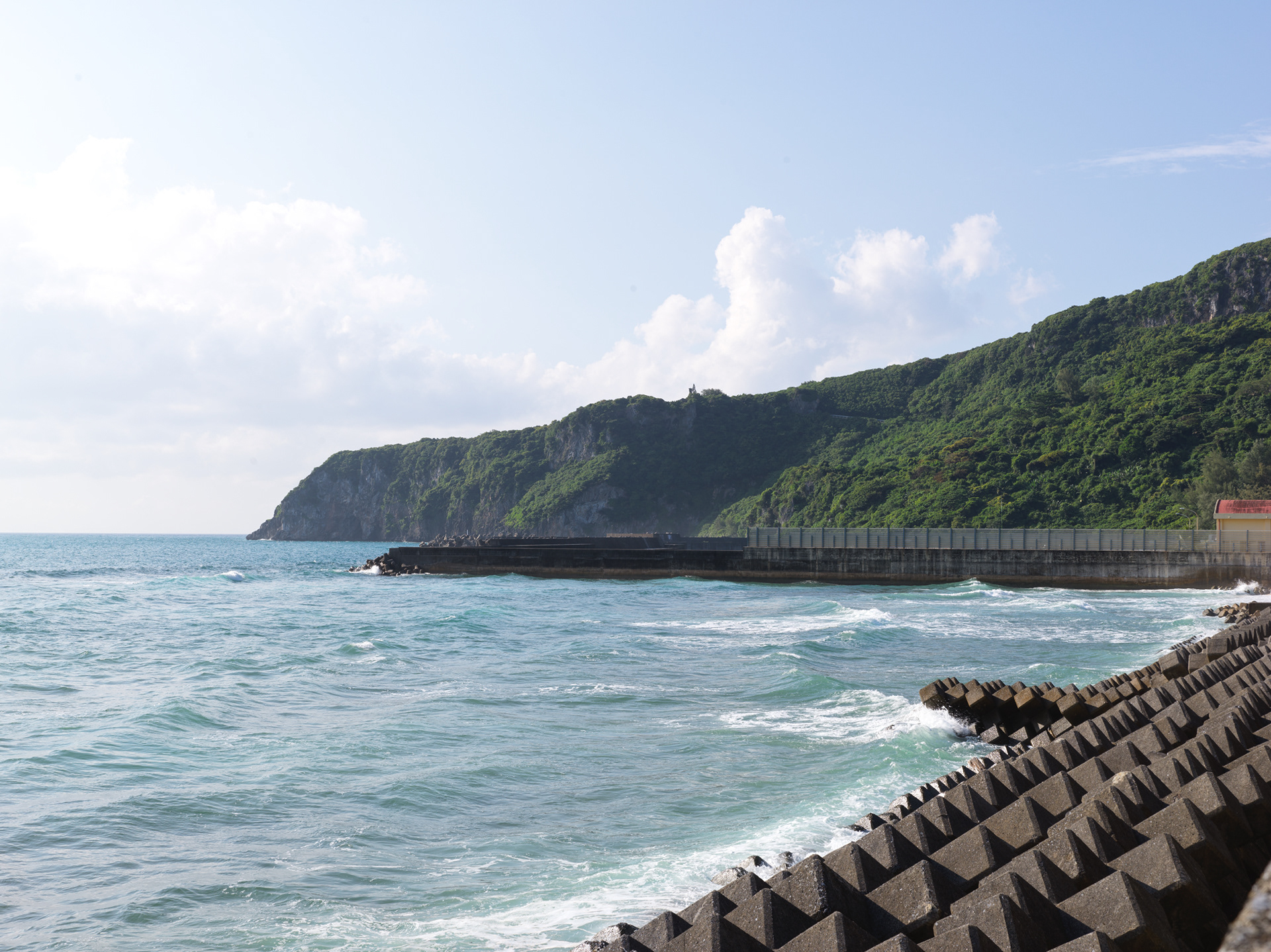
Okinawa, Japan
Chapter 5: The Reality Check
But then reality set in. That beautiful tilt screen? Nearly useless in bright sunlight. The lack of grip? My hands would cramp after long shooting sessions. The missing EVF? A constant annoyance when shooting portraits at eye level.
I found myself in situations where the X1D II would have been perfect, but the 907X was fighting me every step of the way. Shooting a wedding? Forget about quick reactions. Fast-moving kids? Might as well be trying to photograph hummingbirds. Low light? The rear screen becomes a mirror reflecting your poor life choices back at you.
The worst part? I started noticing that my keep rate was dropping. Not because of image quality - that was as stellar as ever - but because the shooting experience was leading to more missed moments, more slightly-off compositions, more technical hiccups.
Chapter 6: The Accessory Spiral
This is where things got expensive. Convinced I could "fix" the 907X's shortcomings, I began accumulating accessories:
- The $1,500 EVF (which, while good, still isn't as nice as the X1D II's built-in version)
- The $400 grip (which helps but makes the camera nearly as big as the X1D II)
- The $250 thumb rest (because apparently my thumbs need their own support systems)
- Various adapters (most of which I've used exactly once)
- The $400 grip (which helps but makes the camera nearly as big as the X1D II)
- The $250 thumb rest (because apparently my thumbs need their own support systems)
- Various adapters (most of which I've used exactly once)
Before I knew it, I'd spent enough to buy another lens, all in pursuit of making the 907X behave more like the camera I'd just sold.
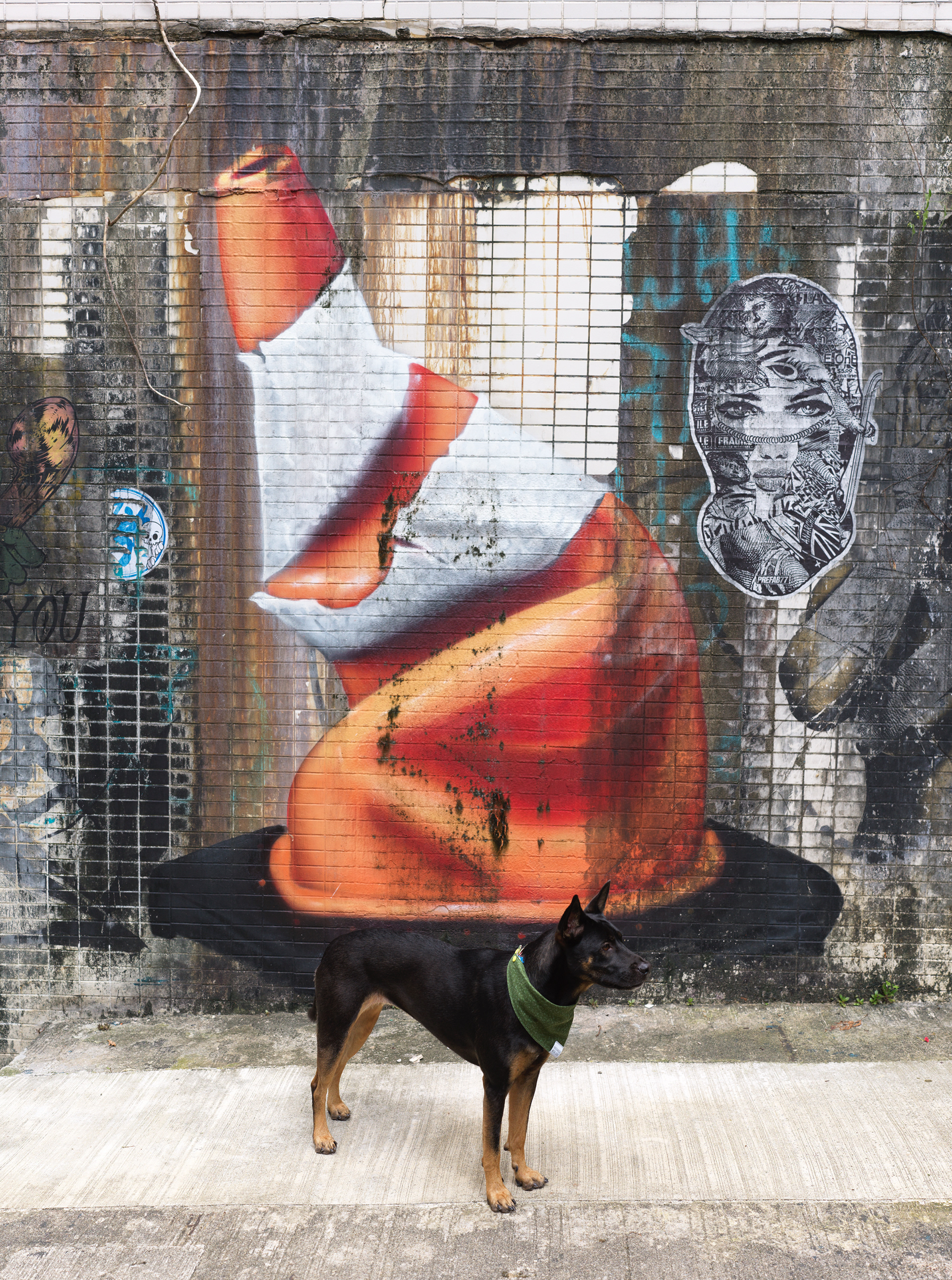
Hong Kong
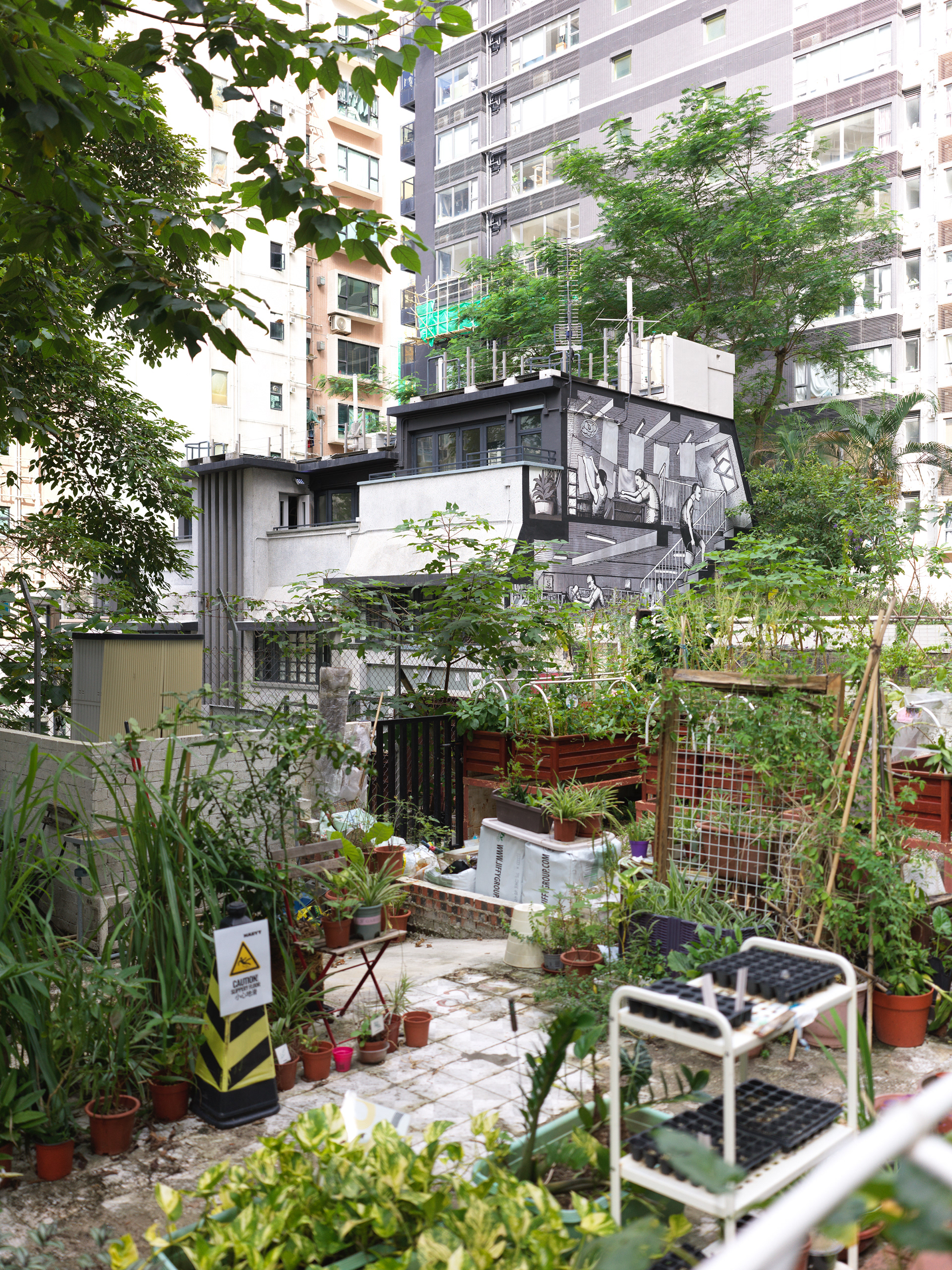
Hong Kong

Hong Kong
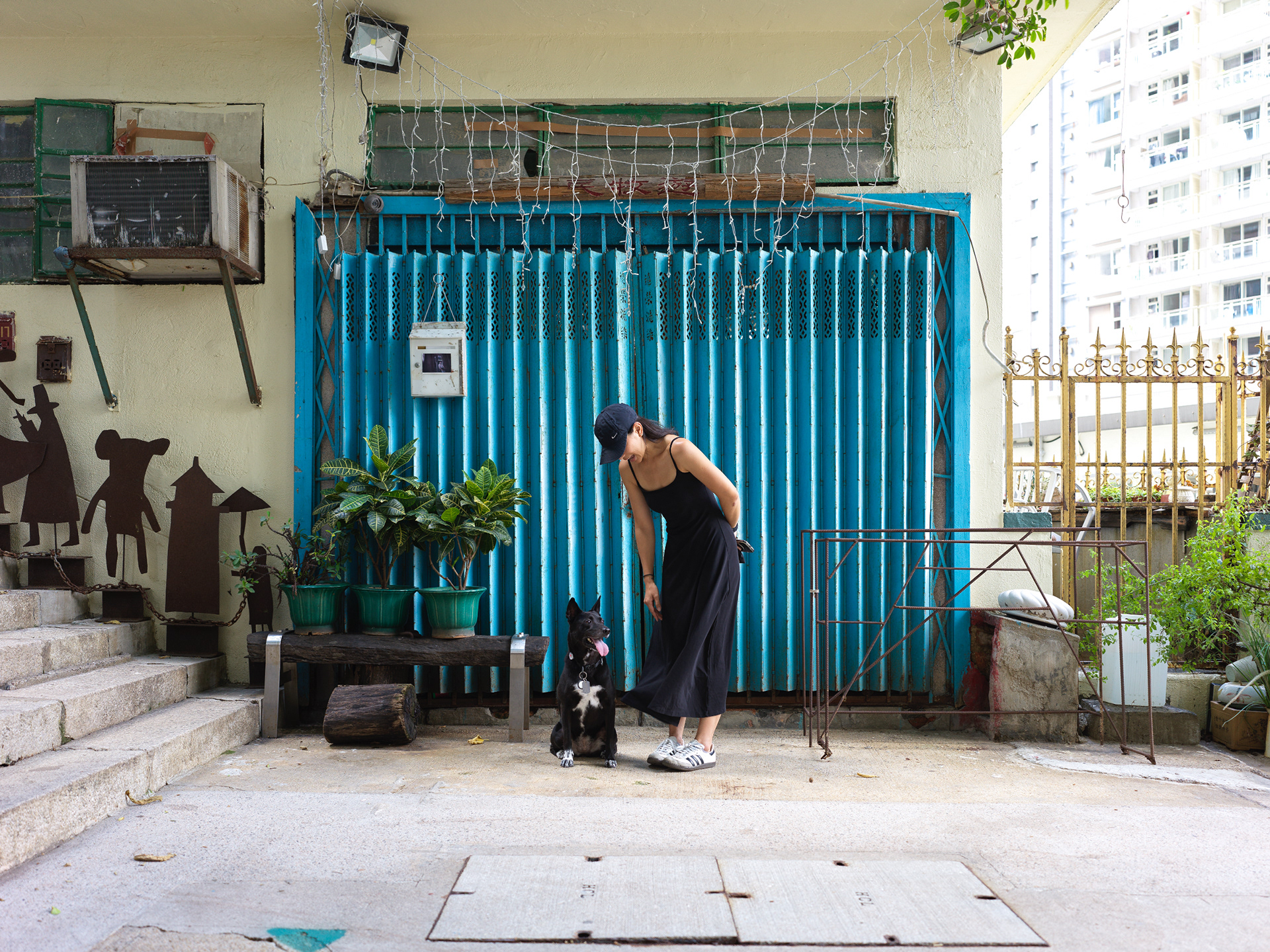
Hong Kong
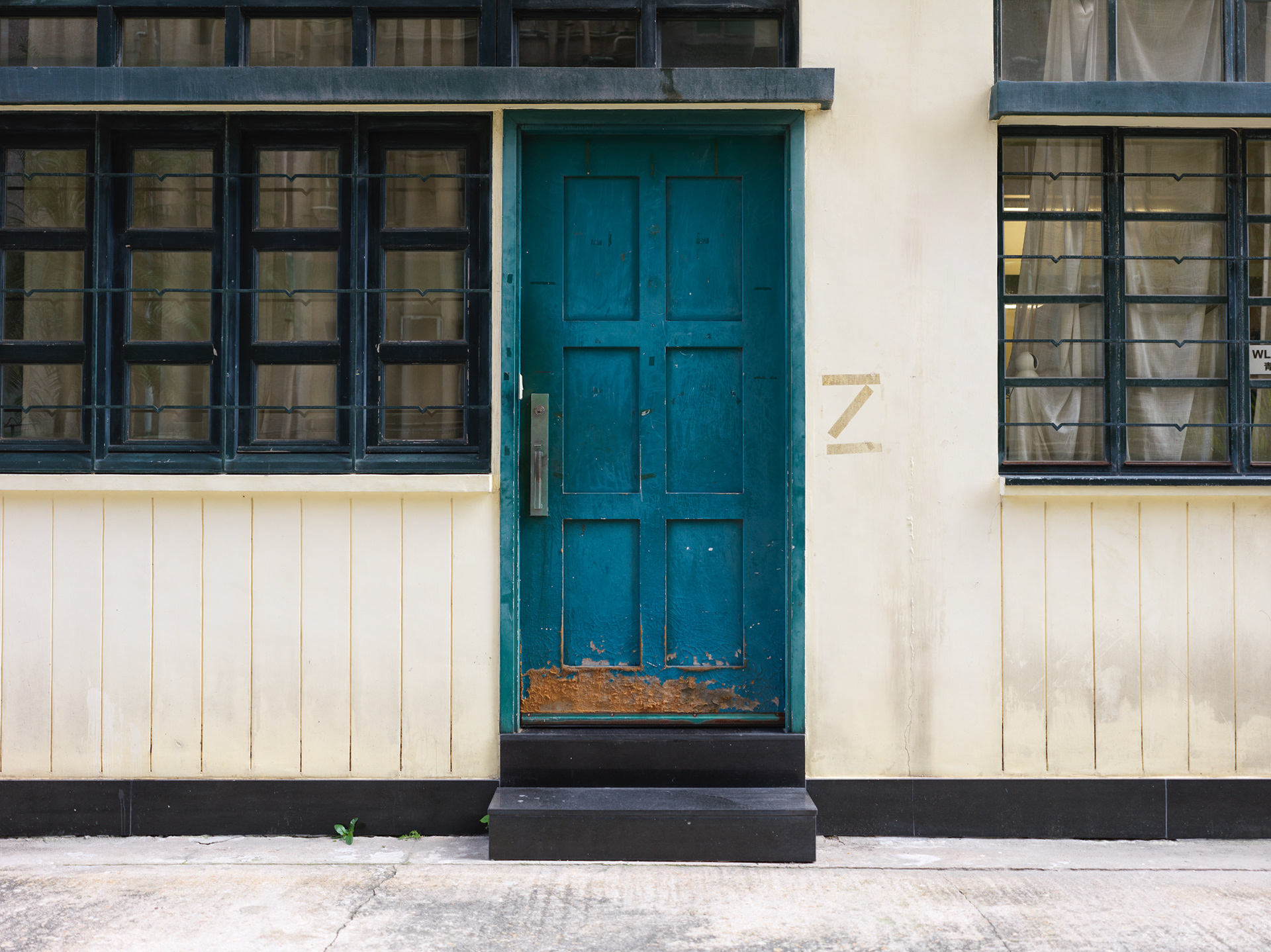
Hong Kong
Chapter 7: The Unexpected Benefits
But it hasn't all been buyer's remorse. Some surprising positives emerged:
Creative Constraints Spark Creativity
The 907X's limitations have forced me to work differently. I plan shots more carefully. I move around more to find better angles. I've rediscovered the joy of tripod work.
It's a Better Second Camera Than Primary
Paired with my Fuji system, the 907X shines as a deliberate, contemplative tool for when I want that medium format look without hauling a full kit.
Paired with my Fuji system, the 907X shines as a deliberate, contemplative tool for when I want that medium format look without hauling a full kit.
The Joy Factor
There's no denying it - shooting with the 907X is just more fun. The tactile experience, the admiring glances, the sheer novelty of it all adds something intangible to the process.
There's no denying it - shooting with the 907X is just more fun. The tactile experience, the admiring glances, the sheer novelty of it all adds something intangible to the process.
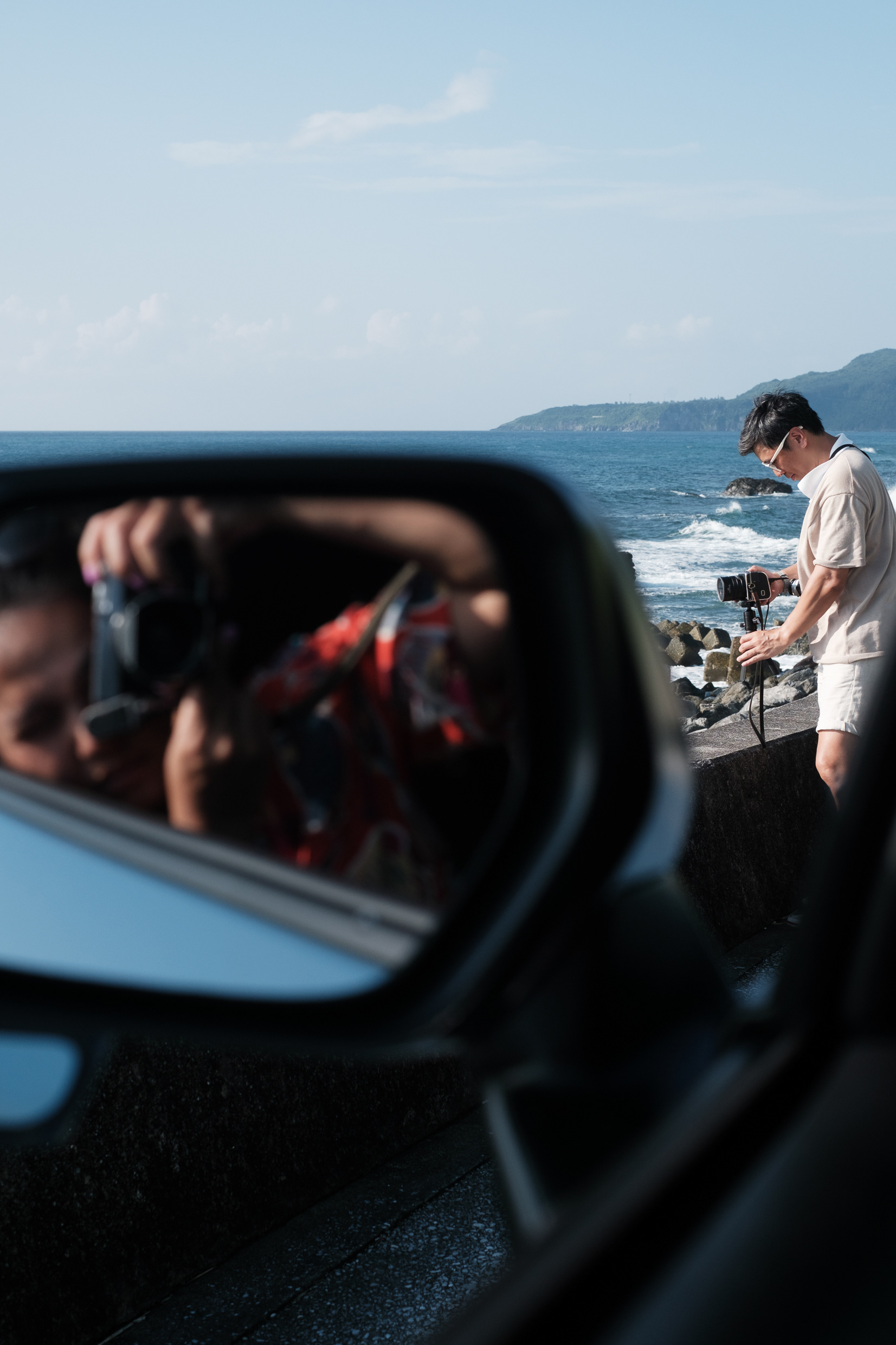
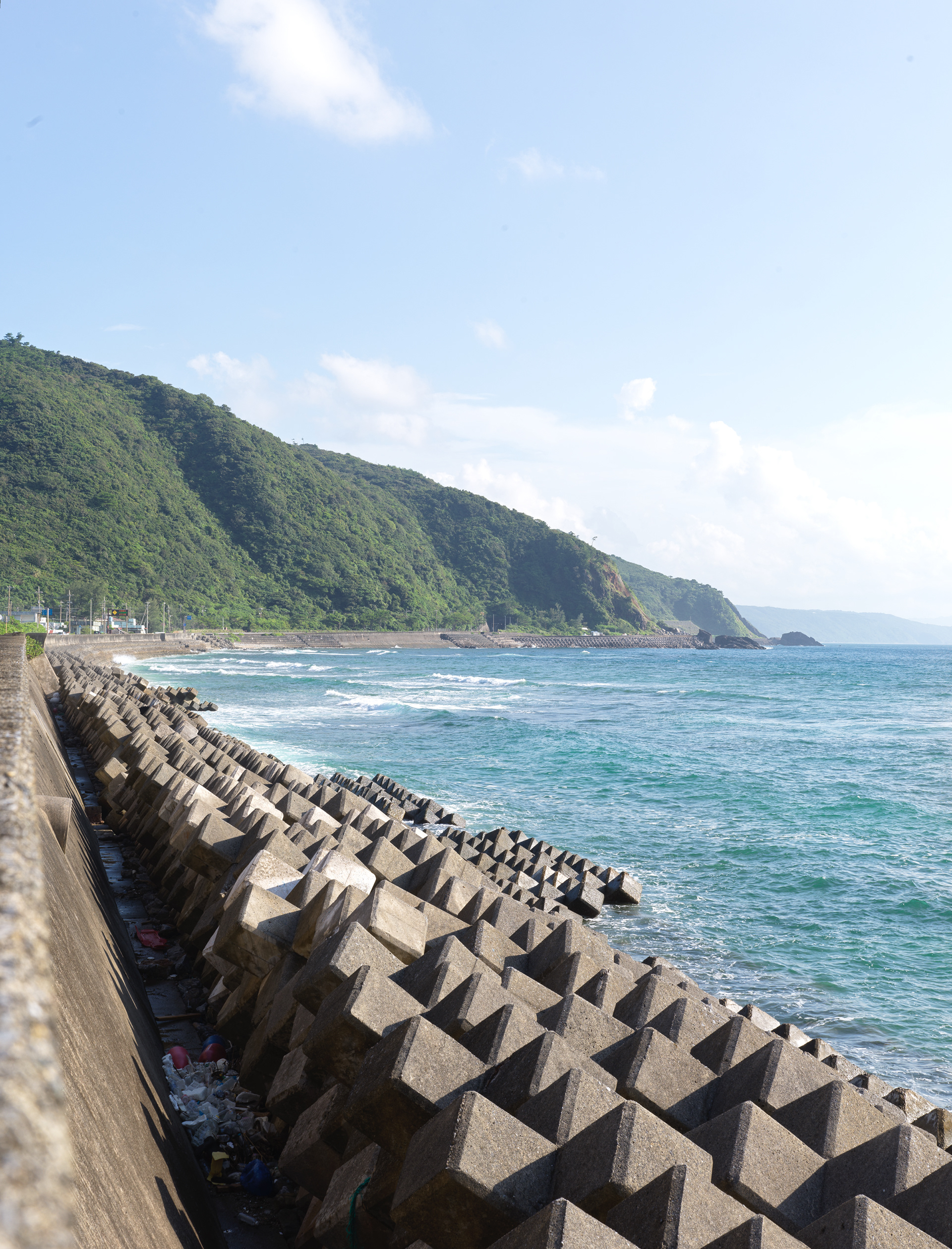
Chapter 8: The Comparison - X1D II vs. 907X in 2025
Let's break this down properly:
Image Quality - Dead even. Same sensor, same processing. Both produce files that are still among the best you can get in 2025.
Handling - X1D II wins by a mile. The grip, button placement, and built-in EVF make it far more practical for extended use.
Portability - 907X wins... but only until you add the accessories you'll inevitably need. Then they're about equal.
Flexibility - 907X technically wins with its modularity, but how many people actually use this? The X1D II works perfectly fine with all XCD lenses.
Cool Factor - 907X in a landslide. It's the camera people ask about. The one that makes you feel like a "real" photographer, whatever that means.
Chapter 9: Should You Consider This Switch?
After living with both, here's my brutally honest take:
You Might Prefer the 907X If:
- You value shooting experience over practicality
- You frequently use a tripod or shoot at waist level
- You own or plan to buy into V-system lenses
- You want a conversation piece that stands out
- You're okay with working around limitations
- You value shooting experience over practicality
- You frequently use a tripod or shoot at waist level
- You own or plan to buy into V-system lenses
- You want a conversation piece that stands out
- You're okay with working around limitations
You Should Stick With the X1D II If:
- You need reliable performance in varied conditions
- You shoot handheld frequently
- You value speed and efficiency (even medium format standards)
- You don't want to spend extra on essential accessories
- You prefer function over form
- You need reliable performance in varied conditions
- You shoot handheld frequently
- You value speed and efficiency (even medium format standards)
- You don't want to spend extra on essential accessories
- You prefer function over form
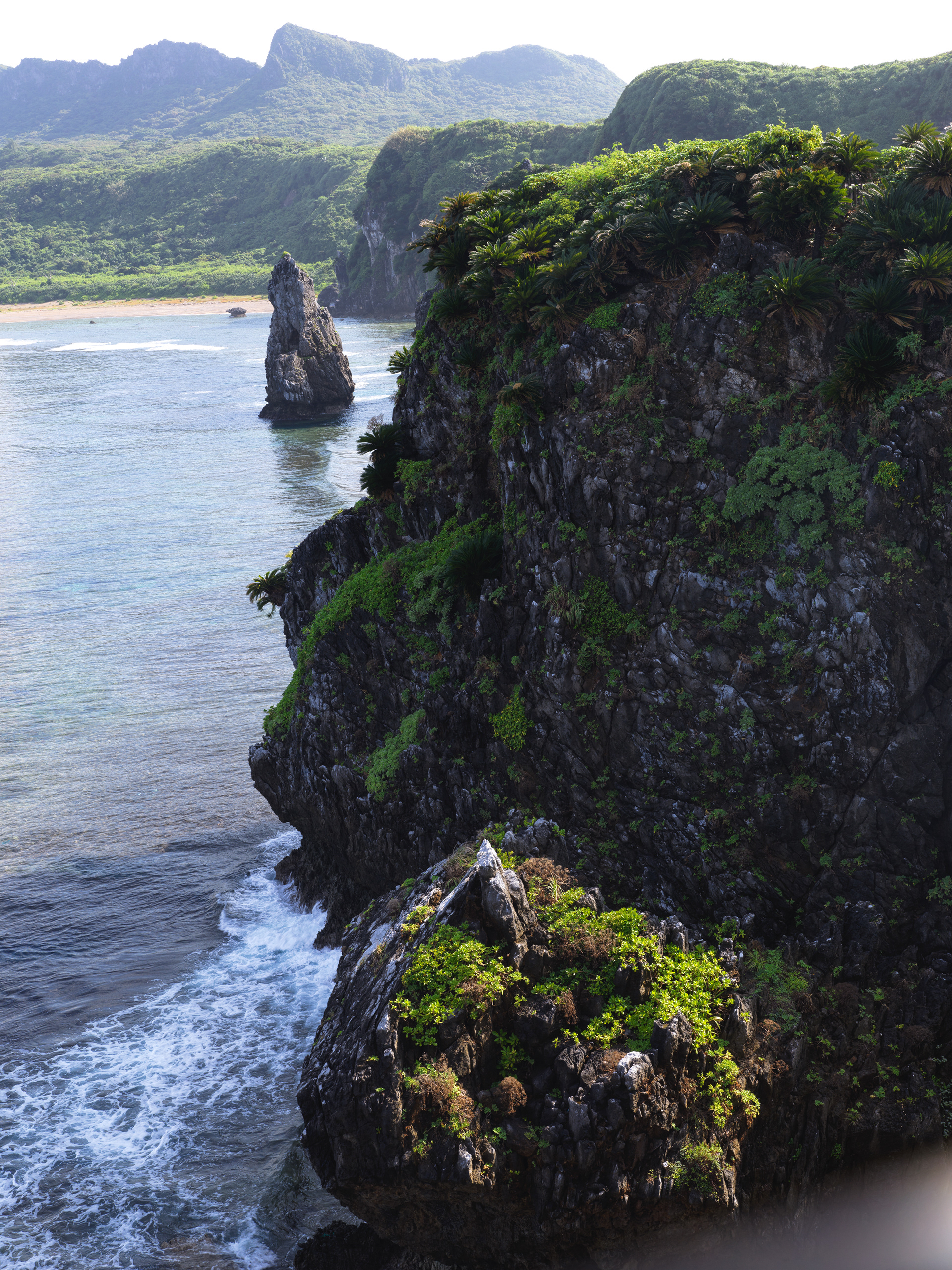
Okinawa, Japan
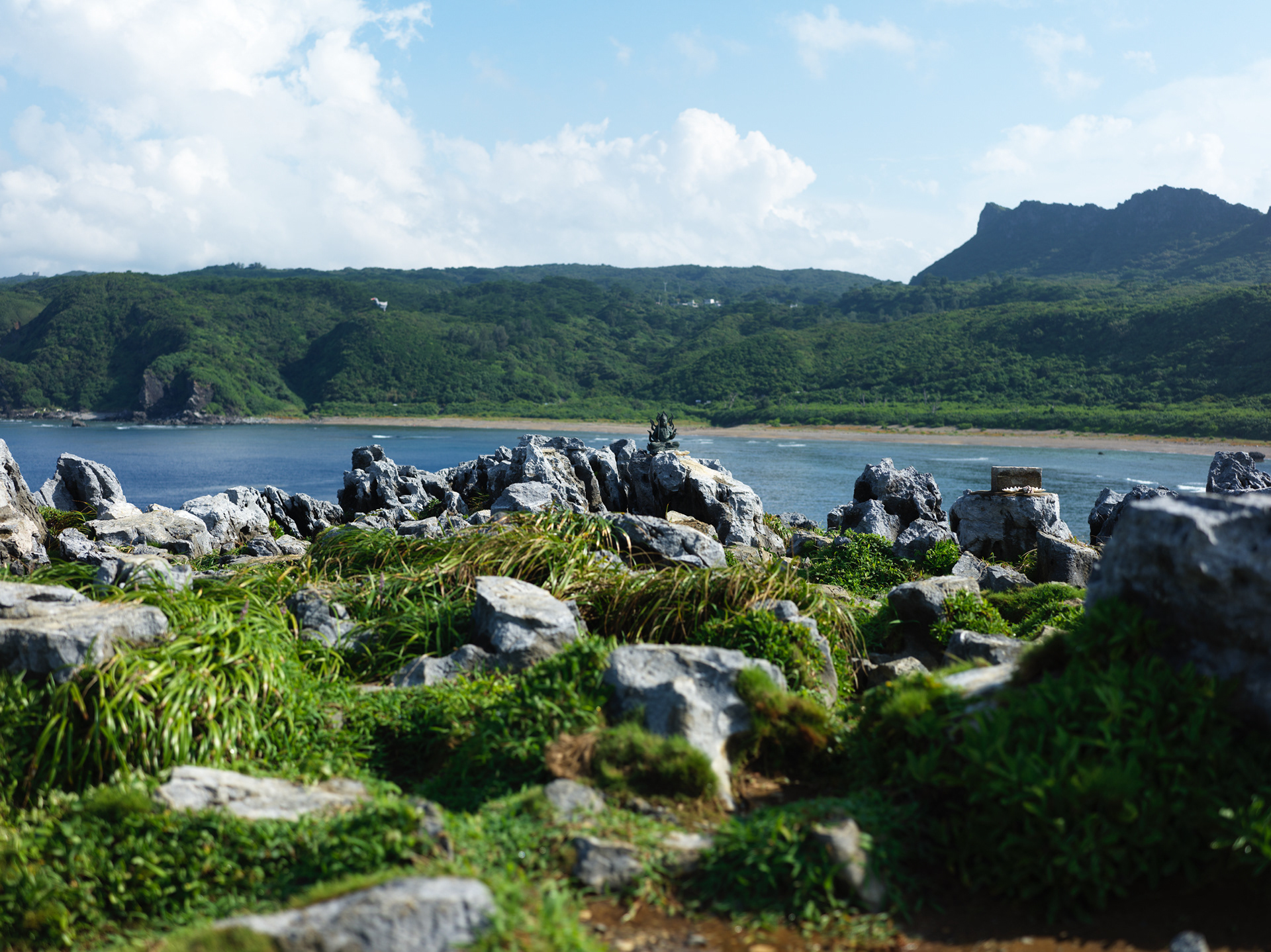
Okinawa, Japan
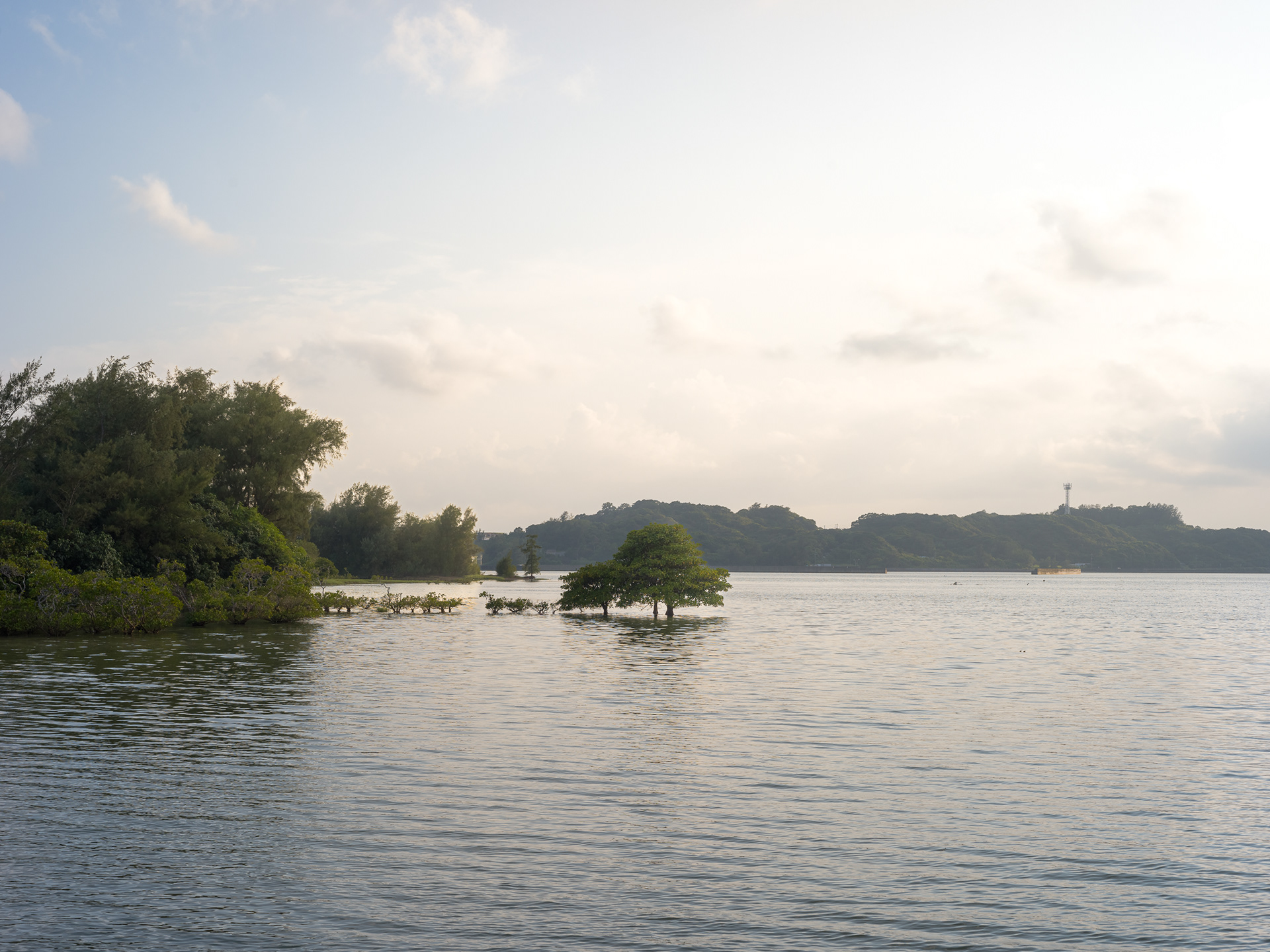
Okinawa, Japan
Chapter 10: Final Confessions and Conclusions
Do I regret switching? Some days, absolutely. When I'm fighting the screen in bright light or missing a shot because of handling quirks, I long for the X1D II's simplicity.
But other days, when the light is perfect and I'm working deliberately with the 907X, I feel a connection to the photographic process that I hadn't experienced in years. There's magic in its madness.
In 2025, neither of these cameras makes complete sense. The Fuji GFX system offers better performance for less money. High-resolution full-frame cameras have closed much of the image quality gap. But Hasselblad was never about making sense - it's about passion.
So here I am, an imperfect photographer with an imperfect camera, making images that (occasionally) transcend their technical limitations. The 907X isn't the right tool for every job, but it's the tool that's made me think differently about photography again. And for that, despite all its flaws, I can't quite bring myself to go back.
Final Rating (Because We Need One)
X1D II: 8.5/10 (The sensible choice)
907X: 7/10 (But with bonus points for soul)
907X: 7/10 (But with bonus points for soul)
Now if you'll excuse me, I need to go charge my seventh battery of the day.
New Update!
Goodbye 907x 50c, shortest camera ownership in (my) history - 49 days!
Bring home day - 10 July 2025
Put up for adoption - 28 August 2025
I didn't think I would upgrade to X2Dii, Hasselblad marketing and YouTube influencers worked and sold me on the improvements. Thankfully, workflow and usability improvements are real, it's a great camera and I foresee this sticking in my collection for a lot longer than 49 days.Farewell 907x, I didn't give you more time but then you were a PITA to use.
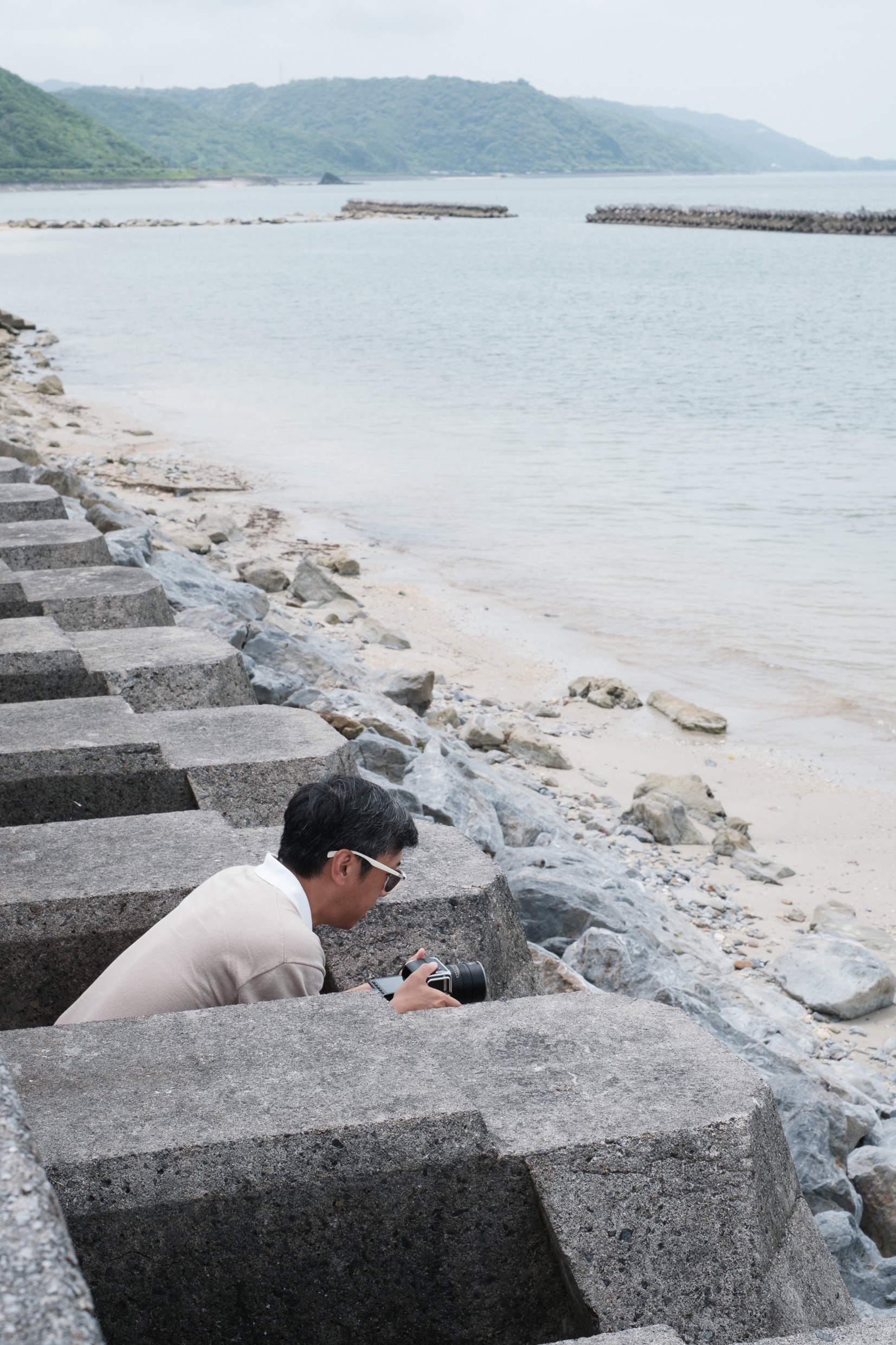
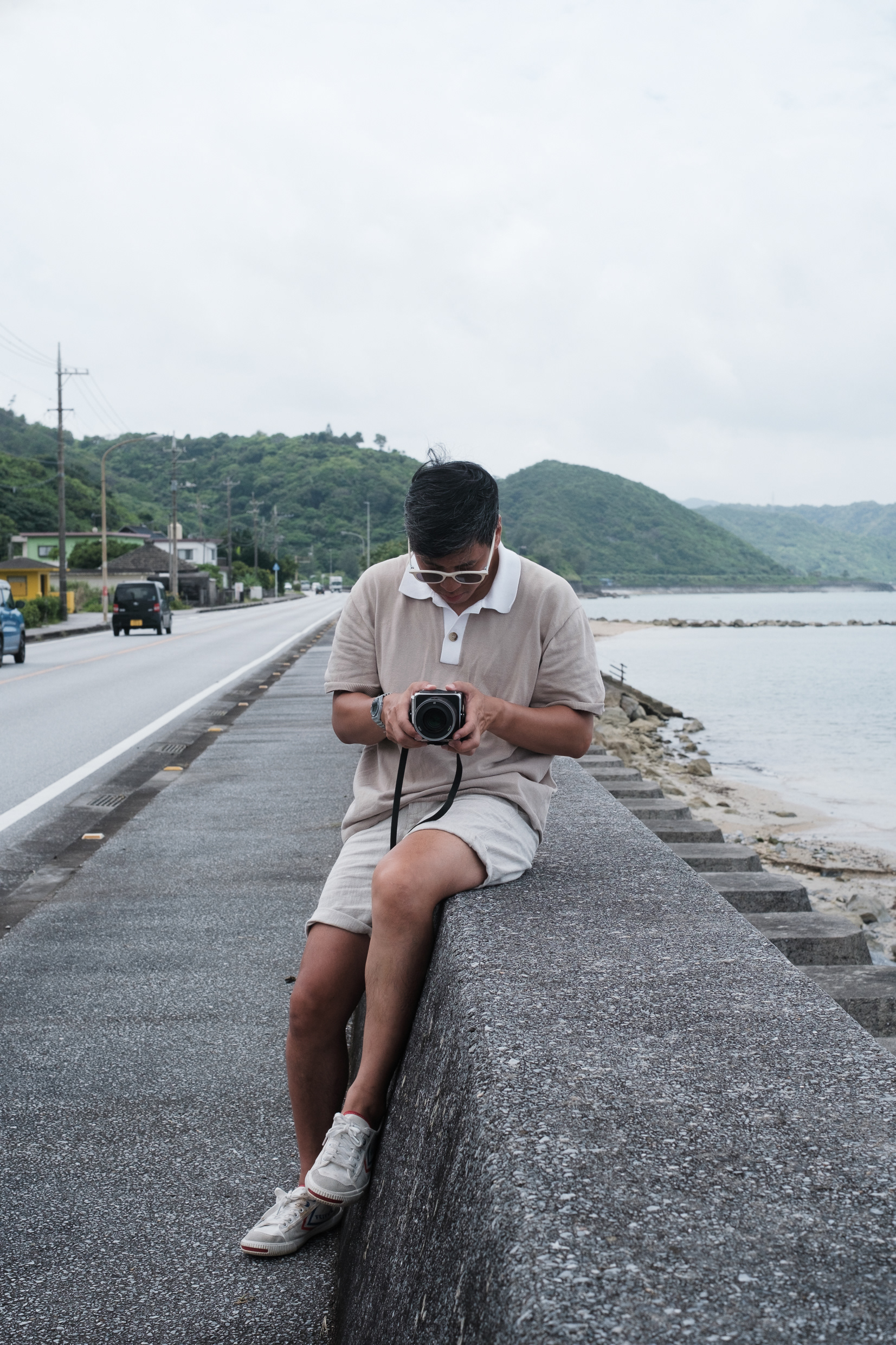

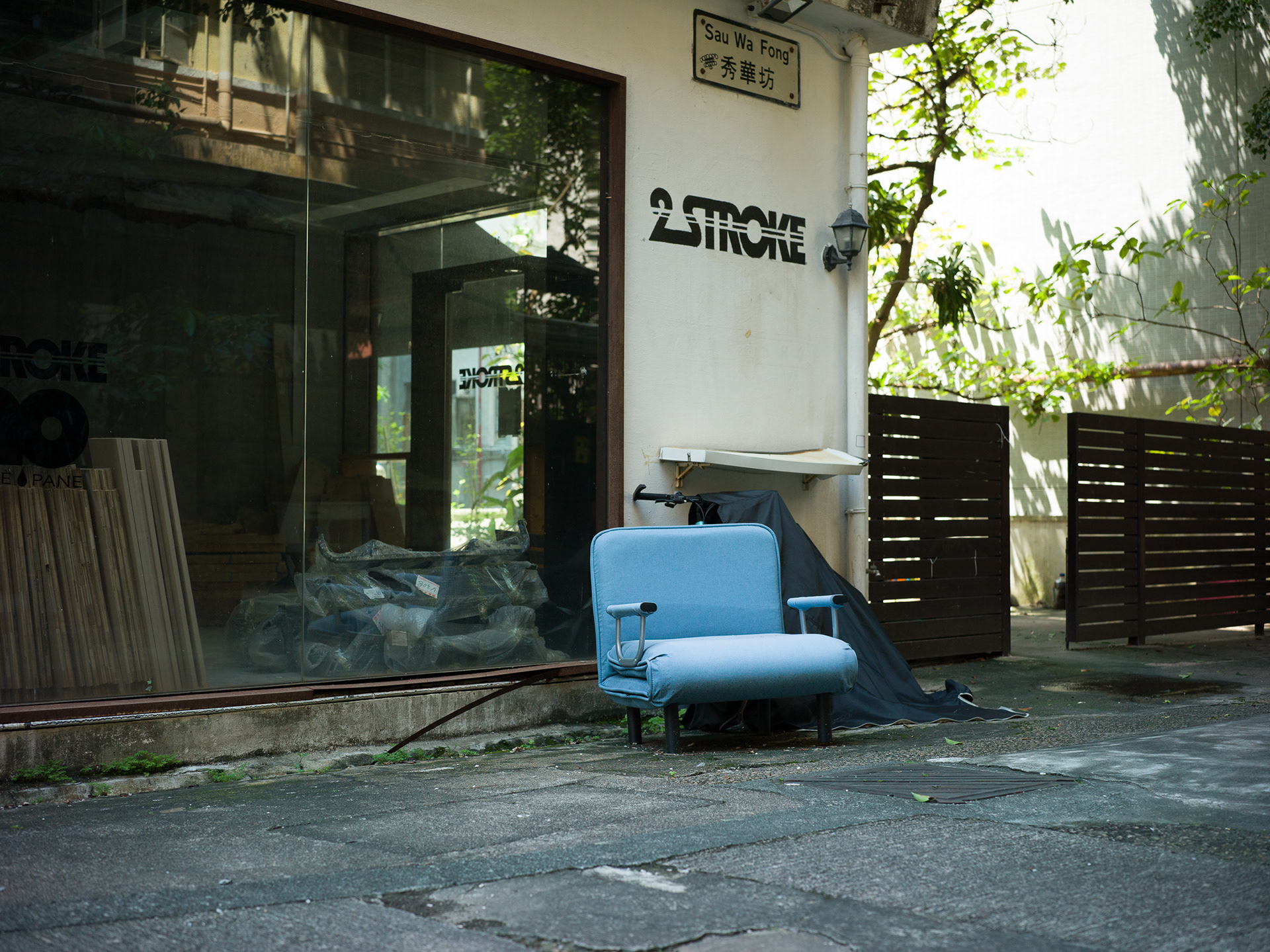
Hong Kong
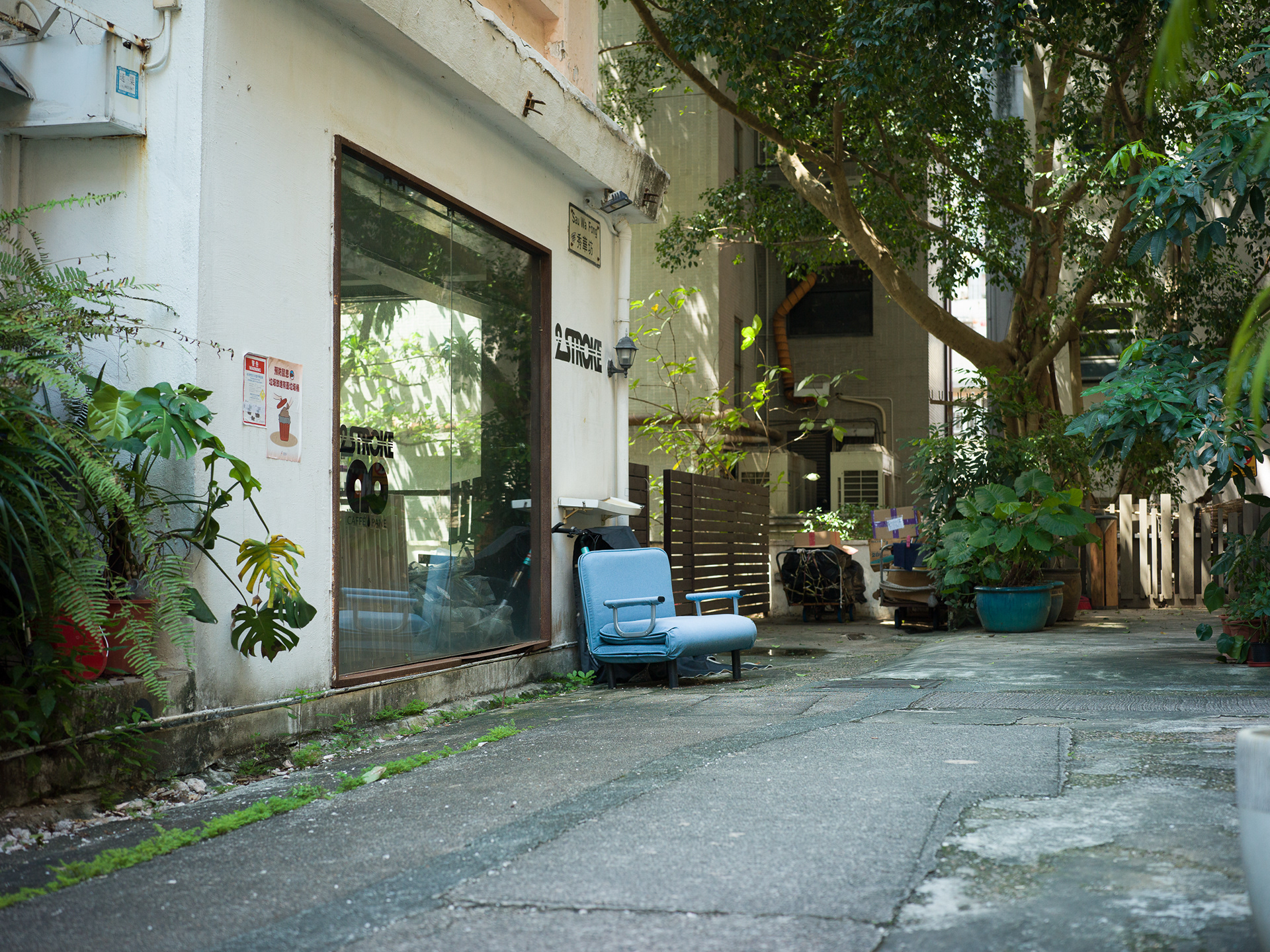
Hong Kong


